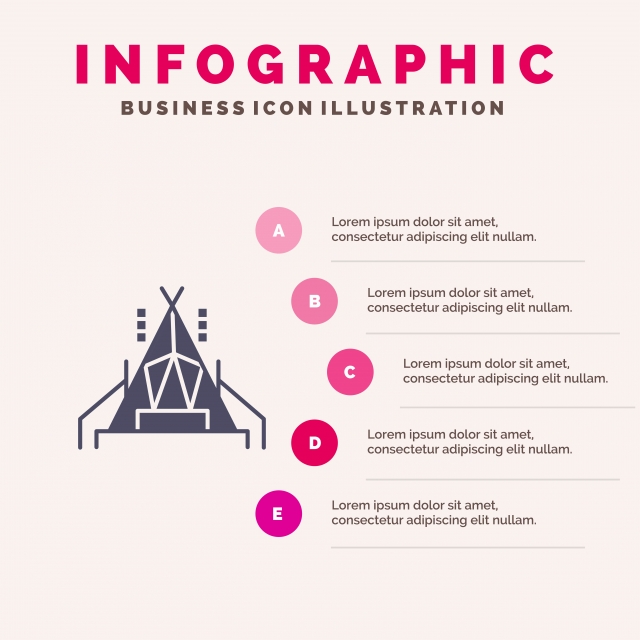While both deal toughness in various settings, it is very important to establish which sort of insulation will certainly ideal offer your requirements. The insulation you select impacts warmth, weight, water resistance, compressibility and rate.
Down is gathered from waterfowl, typically ducks or geese. It is treasured for its lightness, simple compression and insulating properties. Nevertheless, down becomes much less effective when damp.
Warmth-to-Weight
A high warmth-to-weight ratio is wanted in outdoor apparel and gear. The shielding residential properties of down feathers make them a great choice for this purpose, as they are very warm and light-weight.
Nevertheless, down sheds its insulating capacities when it splashes, meaning it requires to be paired with a water resistant covering. In addition, some people dislike down, making synthetic coats a better choice for them.
Synthetic insulations are usually made from recycled polyester and designed to simulate down's shielding homes. They are not as light-weight as down, but they do not lose their insulating capacities when they get wet and completely dry more quickly than down. They are likewise extra budget-friendly than down. Nonetheless, their lifespan is shorter than down, leading to greater upkeep and replacement costs.
Water Resistance
The insulation you pick for your job jacket will certainly make a big difference in exactly how comfortable you really feel outdoors. Nonetheless, the sort of insulation you select likewise has substantial effects for your sustainability goals.
Down is an excellent insulator for a variety of factors. It's lightweight, compressible, and offers a great warmth-to-weight ratio. Nevertheless, it does not prosper when it splashes. Down globs up and sheds its loft space when damp, which can significantly decrease its ability to trap warmth.
Synthetic insulation materials, such as Thinsulate and Primaloft, hold up far better versus damp problems. They commonly have a limited weave or chemical coating that keeps water from permeating the material. This enables the insulation to stay breathable, even if damp. It deserves noting that synthetics can also be uncomfortable when wet, but they maintain their shielding residential properties.
Compressibility
While goose down does have a premium warmth-to-weight proportion, artificial insulation executes in a similar way. However, unlike down which absorbs and loses its protecting capabilities when wet, synthetic insulation does not. Because of this, it can maintain its loft and catch warm air in wet conditions.
Typically produced from polyester sheets or collections that resemble down, the most common synthetic insulation brands consist of PrimaLoft, FullRange, Thermoball and Patagonia's PlumaFill. While it still can not match down's loftiness and warmth-to-weight, artificial coats are lightweight, quick to dry and less expensive than down. This makes artificial coats best for damp settings, or if you're prone to sweating heavily. Synthetic jackets are also much less fragile than down and can lose. This toughness reaches their face materials which are typically thicker and much more durable than down.
Durability
A significant factor to consider in sustainability is a material's durability and resilience. Natural materials like cork, ThermaCork expanded cork and Havelock woollen last longer than artificial alternatives like fiberglass and plastic. They likewise require much less upkeep and can endure harsh ecological problems.
Nevertheless, natural insulation does not do as well when wet as artificial options. Wool and fleece glob together when wet, endangering their capability to trap heat. Artificial insulation, on the other hand, does not absorb moisture and remains to insulate also when saturated.
This makes synthetic insulation perfect for damp climates and arduous tasks where you might sweat greatly. It's likewise simpler to clean and dries out faster than down. This added longevity and integrity make artificial insulation an overall victor in this category. This converts to long lasting insulated job boots that last long and maintain you heat through requiring environments.
Sustainability
All-natural materials supply biodegradability and a smaller environmental impact, while synthetic choices boast toughness and innovative applications that sustain energy tent stakes performance. Nevertheless, it's important to comprehend the true ecological impact of these insulation products from cradle-to-grave.
For example, if an all-natural insulation material has to take a trip a long distance from its resource to the building website, transportation-related emissions boost its overall carbon impact. Choosing in your area sourced and recycled products lowers that effect. And, going with GREENGUARD and Cradle to Cradle qualifications ensures that insulation is devoid of unstable natural compounds (VOCs) and sustains responsible sourcing and labor problems.
Lamb's wool and cork are eco-friendly insulation sources that are gathered without damaging the tree or plant. Both have the included advantage of being normally immune to mold, insects and dampness.
